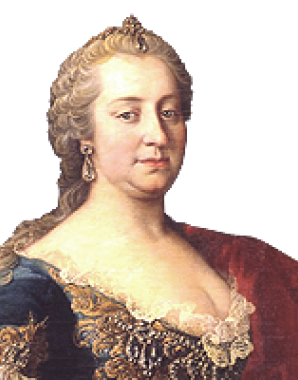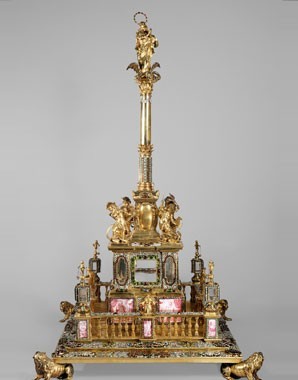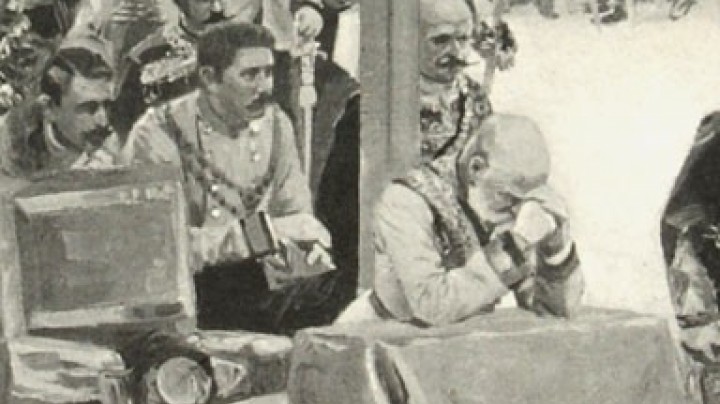Empress and Church
The daily routine of every Habsburg ruler included a series of religious obligations. As revealed by a set of notes for the day written in Maria Theresa’s own hand, every morning after dressing she attended mass, and at six in the evening took part in praying the rosary.
Whenever Maria Theresa was in residence at the Hofburg in Vienna, mass was said on weekdays in her private chapel, while on Sundays services usually took place with a larger congregation in the court chapel. Places of prayer and worship also stood at her disposal at her other residences, for example, the palace chapel at Schönbrunn. In the practice of her faith the empress drew on the traditions of her forebears. In letters and written instructions she recommended her children to begin each day with devotional exercises, to say their morning prayers, and to devote time every day to spiritual reading.
On solemn feasts and the feast days of certain saints, the members of the imperial family took part in additional masses and devotions. On these occasions they frequently visited various churches and religious institutions in and around Vienna: on feasts of the Blessed Virgin Mary the imperial couple went to the Marian column that stands on the square ‘Am Hof’, while on the feast of Corpus Christi the court participated in the solemn processions of the Blessed Sacrament. At Easter there was a pilgrimage to the calvary in Hernals – outside the city walls – and on the feast day of St Leopold, patron saint of Austria, they took part in a pilgrimage to the abbey of Klosterneuburg, a few miles north of Vienna.
These ‘in publico’ church attendances were part of the demonstrative practice of the imperial dynasty’s Catholic faith. In her later years, however, Maria Theresa sometimes found these obligations very taxing, as she admitted to a confidante, Countess Sophie von Enzenberg, in a letter: ‘My head is bursting with all these ecclesiastical duties’.
In the preserving of Habsburg traditions of piety Franz Stephan was often more rigorous than Maria Theresa herself: when the traditional annual visit to the tombs of saints in Vienna’s churches was due on Easter Saturday 1756, Maria Theresa was unwilling to overexert herself. While Franz Stephan visited twenty-two tombs and distributed alms, Maria Theresa made a shorter tour of only nine tombs. Although she set off later than Franz Stephan, she was considerably quicker than him, with the result that she was forced to wait three quarters of an hour in the Augustinerkirche until he appeared. Franz Stephan also opposed Maria Theresa’s wish to shorten the annual pilgrimage to Klosterneuburg in honour of St Leopold from two days to one. He was against making changes to such a venerable tradition that ‘had been introduced into the House of Habsburg inconceivably long ago’. Despite his objections Maria Theresa eventually shortened this pilgrimage and also gradually limited her public attendance at mass.
















